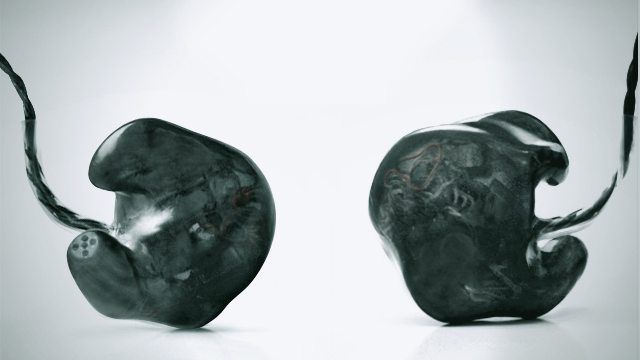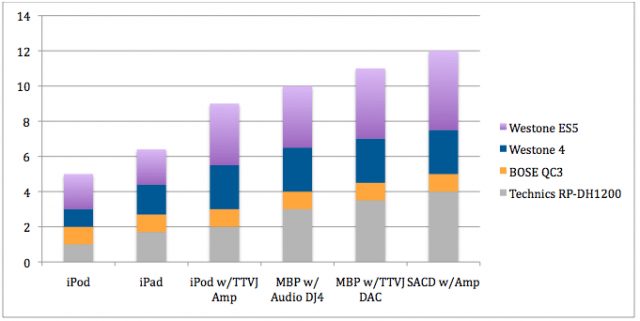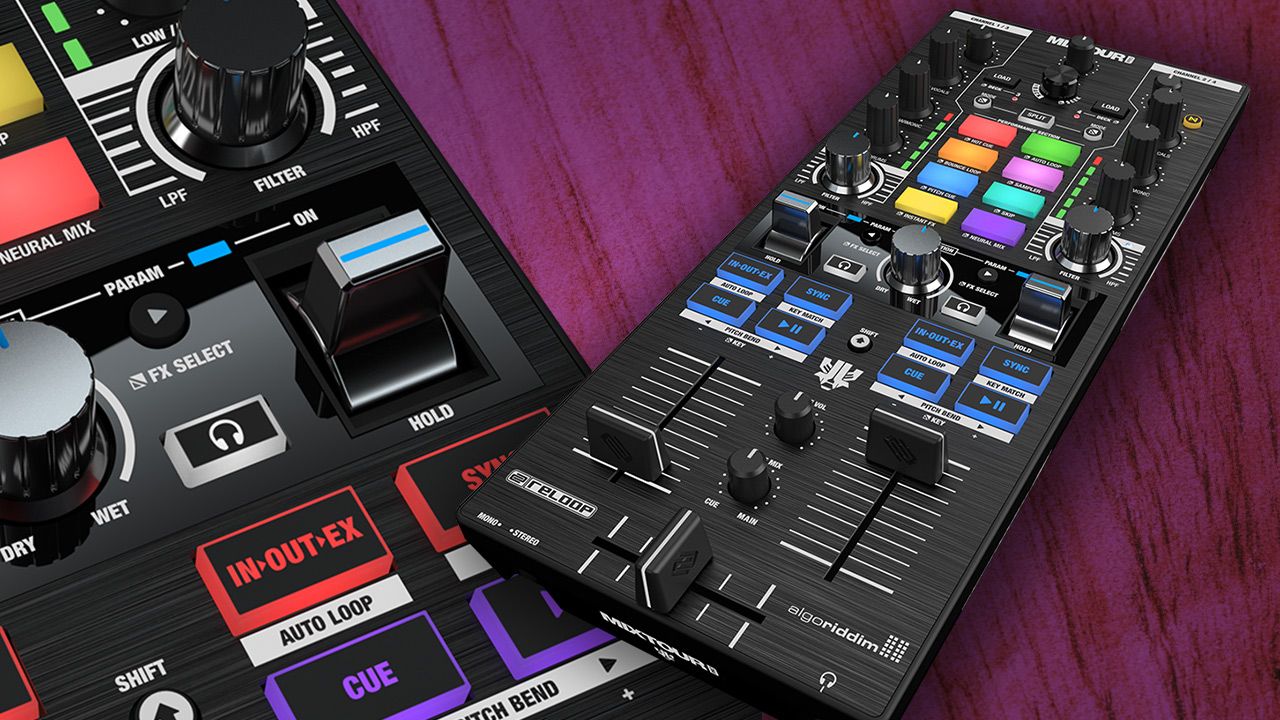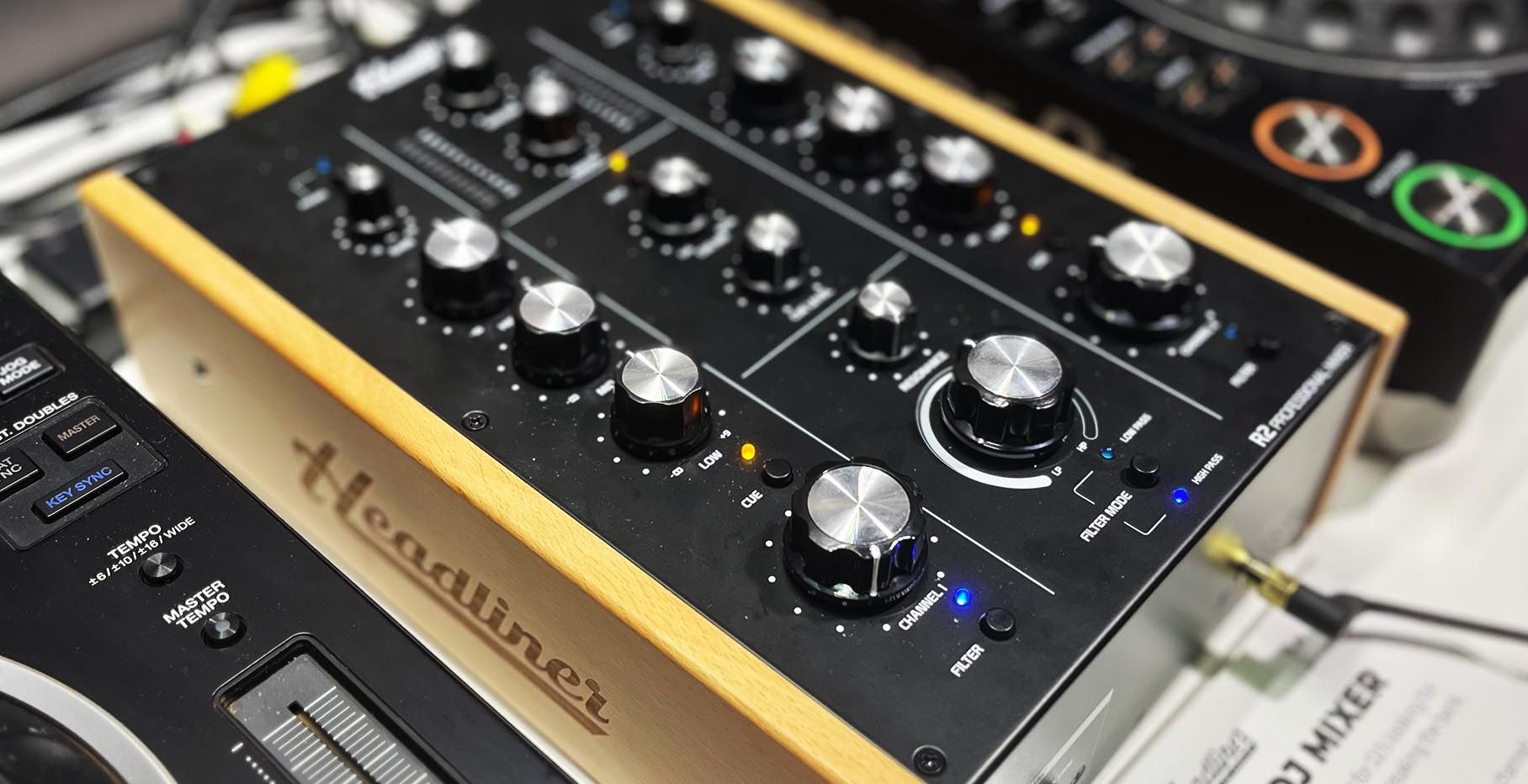Many of our readers probably know that custom in-ear monitors are used by a number of major musicians and DJs to make their on-stage performances easier and safer – but what is it about these guys that makes them so great? Are they a realistic choice for bedroom DJs, or something that one should save for when going pro? Just how custom are they, and are there other cheaper options? We’ve got the full scoop on custom in-ear monitors for DJs after the jump.
Who Needs Custom In Ear Monitors?
Custom In-Ear Monitors (IEMs) are not for everyone. They aren’t for DJs who spend a lot of the time talking with others during a set. It’s possible to have a conversation while wearing them, but one of the main reasons for using custom IEMs is the sonic isolation that they provide. Popping them in and out over and over is a less then an ideal user experience. If you can’t hear any difference between a 48k and 320k file there is also really no need for them and for those that chomp on gum while performing these are also not the best choice. Moving the jaw up and down slightly opens and closes the ear canal creating a whooshing sound while wearing them. It’s kind of like sticking your head out the window of a moving car.
In addition to sonic isolation (saving your ears from excessive DBs – we’ve written about the DJing hazard of hearing loss previously), the main reason for custom IEMs is a combination of portability, sound quality and comfort. A good set of cans such as the Pioneer HDJ 2000s or Sennheiser HD-25s are not the most convenient to be wearing or carting around with you all of the time. As DJs, we spend a majority of our time away from our setups and booths evaluating tracks, and with custom IEMs it’s great to have your best-sounding gear with you all the time.
As we all know, lots of people like lots of different kinds of gear. Personal preferences run the gamut from lower end earbuds to Stax earspeakers, but more and more audiophiles are raving about the quality of custom IEMs from companies like JH Audio, Westone and Sleek Audio. For the purpose of this article, we had a look at the five driver ES5’s by Westone.
Getting Them Made
Getting custom-molded in-ear monitors made is a bit of a trip. One normally has to go to an audiologist, a hearing loss and protection professional, and spend at least $100 just to get the molds of your ears. The other more fun option is to attend a trade show such as NAMM, CES, or BPM – and there you can often get impressions made for free from the manufacturers themselves. If you get them done at one of these trade shows there is often no obligation to order right away, they can keep the impressions on file if you decide to order in the future. Naturally, you’ll want to double check with each maker for full details.
To make the impressions, the technician mixes together two compounds to make a type of foam and fills your ears while you gently bite down on another small bit of foam.

You have to stay stationary and the foam takes about 10 min to completely set. There can be a fair bit of drooling (out of your ear, not out of your mouth) involved so be prepared.
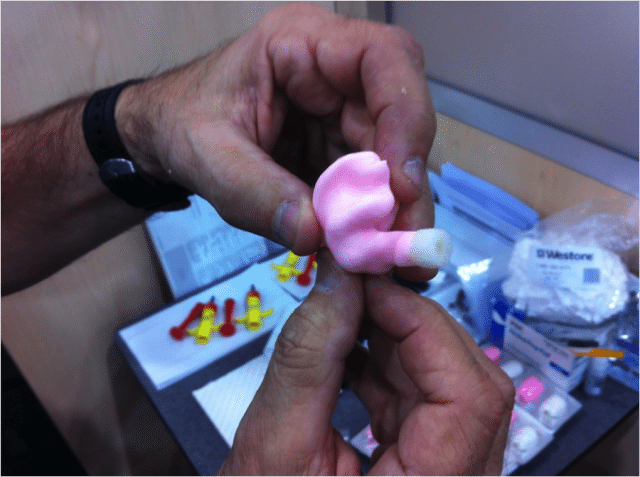
Once the impressions are done you’ll have to decide on the number of drivers, color, and standard or custom artwork. All together the price can run from around $800 – $1,200, so we’d love to point out that it is also possible to buy used customs and have them remolded by the specific manufacturer for around $250.
It can take up to three weeks to several months to receive your customs depending on how busy the manufacturer is. And how are they? Well in a word, unbelievable.
On the Westone ES5s that I tested, the finished product was excellent- keep in mind that this class of IEM is used by the biggest touring acts today, and as such they have an excellent reputation for durability. After six months of daily use, my pair (apart from yellowing at the tips, which all customs seem to suffer from) are in near perfect shape. The detachable braided cable is tangle resistant and shows no sign of wear.
The fit and corresponding sound isolation are really quite remarkable. It took me a few tries at first to figure out how to get them on. After a quarter-turn they are magically sucked into the ear, for a near silent barrier. The seal is so good that one probably shouldn’t drive with them on (or any headphones on, for that matter) as you can’t really hear much of anything with music playing. They are also great on airplanes- I’ve encountered no pressure issues at all and have all but replaced my very competent noise-canceling Bose QC3s.

If you are new to IEMs, a word of caution concerning volume. Things can get very loud very fast with drivers in such close proximity to the ear drums, and it takes a few split seconds longer to get them out of your ears than it does to rip off a set of standard headphones. You’ll want to get in the habit of checking your headphone volume on your mixers pior to even plugging in.
How Do They Sound?
I spin mostly tribal house mixed with acapellas and rock samples, a little glitchy and some medium chill stuff as well while in my personal listening, I range from from Nirvana to Miles Davis. Across the board the ES5s are stunning. The clarity, base, mids, highs, and sound presence are like nothing I have ever heard from DJ headphones or IEMs. While listening to my favorite music with them on for the first time, I was stunned at how many elements in the music I had never heard before.
My last go-to pair of headphones/IEMs where the excellent Westone 4’s. Those blew away every pair of DJ cans I have used, and the ES5s are such a step above them it is almost inexplicable. They are so good that audio source quality is becoming less of a good habit and more of a compulsion- low bit rate encodings no longer cut it. Even the slightest hiss in equipment suddenly comes to the forefront. Listening directly from the headphone out on an iPod, iPhone or a computer becomes a pretty underwhelming experience. But given a 320kbps and 24 bit lossless file played through a good audio interface or amp, the music can be breathtaking.
Killer Sound On The Go
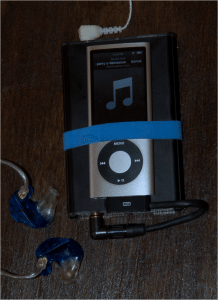 For a portable solution I starting using a TTVJ slim portable Amp/DAC combo connected to an iPod. The sound is remarkable for coming from a compact rig. The line out (LOD) of the iPod bypasses the poor quality internal amp of the MP3 player. On the iPad the headphone jack actually sounds decent.
For a portable solution I starting using a TTVJ slim portable Amp/DAC combo connected to an iPod. The sound is remarkable for coming from a compact rig. The line out (LOD) of the iPod bypasses the poor quality internal amp of the MP3 player. On the iPad the headphone jack actually sounds decent.
This set up also works with an iPhone but I found it a hassle to continually reattach my phone after using it. Models of portable DACs that will bypass the mp3 player’s internal DAC are starting to come to market as well. (The not very portable Fostex HP-P1 is one example)
The TTVJ can also be used as a driverless audio interface (DAC) for a computer and sounds superior to my workhorse Audio DJ 4. (There is no cue output though so it is not really a performing solution.)
To go even further I plugged into a SACD/DVD Audio setup and the sound got even better; more clarity in the vocals, a larger sound stage, clearer instrumentals and more depth overall. In fact, the ES5s are so good that you begin to hear the limits of a digital signal versus an analog one.
Below, I’ve made a very non-scientific, purely observational sound quality chart comparing my impressions of headphones I’ve owned across different interfaces and sources. (MBP = Macbook Pro)
Another word of caution, it’s hard to go backwards in the sound quality department. Once you listen to great quality encodes through great equipment its hard to listen to the same music at 48k through $20 earbuds.
The Final Drawdown
So are custom IEMs worth $1,000? If you still have most of your hearing and can financially swing it, I’d say yes. As DJs we spend thousands of hours listing to music, and many of us have gone through piles of controllers, computers and other gear. If your customs last four to five years, the price starts to make a little more sense, because as far as the listening and performing experience goes, they are really quite amazing.
Blatant Plugging by the Editorial Staff: Custom In Ear Monitors can get very expensive, and for a lot of DJs it makes a lot of sense to first start out with a normal set of IEMs without the custom molds. Read an older article comparing IEMs here, or check out our deals for the very good Westone UM2s that we have for sale in our store.


